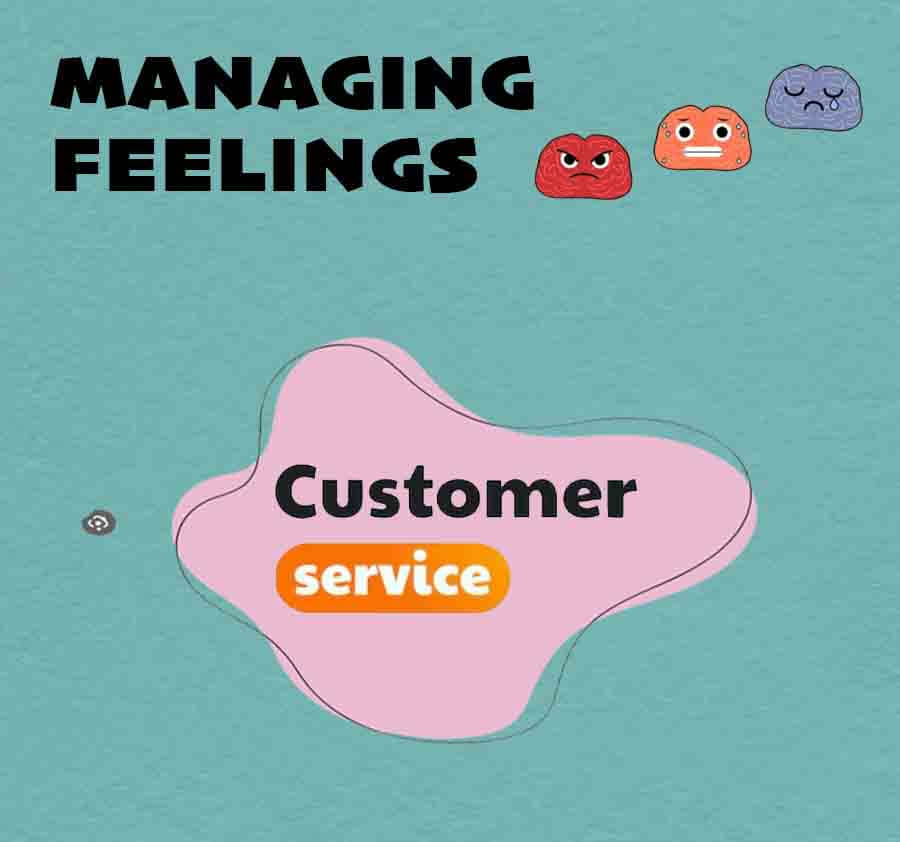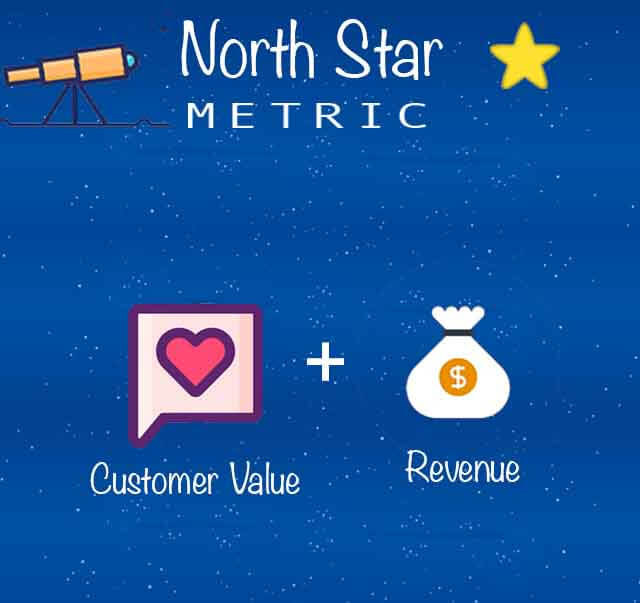How many times have you watched people at the elevator repeatedly push the “Up” button? When people are desperate, they prefer action over inaction or are likely to change their beliefs. In this case, people might be thinking that the first button press may not have been recorded, hence being pressed by them repeatedly. Or it doesn’t matter how many times you press, the more you press the button, the higher the chances of it getting registered.
In any case, what is missing to the users is – Feedback. i.e. some way of letting them know that system is working on their request. The human nervous system is equipped with numerous feedback mechanisms, including visual, auditory, touch senses, vestibular systems that monitor the body position and muscle movement. Given the importance of feedback, it is amazing that how many products ignore it.
What is feedback?
The goal of feedback is just to reassure us that something has gone as we expected, there are higher values and needs that feedback can address.
Feedback surrounds us every moment of every day, helping us to make sense of the world with which we interact. Head out to work in the morning and we step into a series of habitual feedback loops that guide our daily routine. Feedback is the fundamental language of user-friendly design. Feedback is the founding insight of both neuroscience and artificial intelligence.
Let’s understand with a few examples…
Example 1: Facebook “Like”
Facebook formed on feedback – the “Like” button offered nothing less than a new way to send and receive affirmation, and in doing so, it rewired the social fabric of the connected world. The “Like” button has become the single most ubiquitous interface of the 21st century, used every day by hundreds of millions of people. People lift each other up, where positivity is the path of least resistance.
Facebook doesn’t spread information so much as it spreads the affirmation. Thanks to the “Like” button, and the algorithms behind it that track those likes, we are cocooned in beliefs that neatly match our own. Feedback built upon our primal need for affirmation is more powerful.
Example 2: Instagram vs Snapchat
Instagram lets you share photos/videos & get likes on your posts which was a simple act of affirmation that the app revolved around. Whereas, Snapchat was built differently capitalizing on different human insights. The photos/videos can be shared in two ways – a) photos/videos you shared would disappear after 24hrs. b) photo did not earn likes. The only feedback available was the message your friend would send you as DM. The idea was to share photos/videos without any consequences.
In 2016, Instagram noticed that its users were talking differently about the product – worried about wanting to curate what they showed other people. They talked about wanting to present the best possible pictures and get affirmation. The feedback loop had set in and reinforces itself. Likes made users more self-conscious about what they were posting, at the same time as improving cameras and Instagram influencers/ celebrities were steadily raising the bar of what counted as a great IG post. (further JTBD analysis is discussed in this story)
So Instagram adopted different feedback philosophy – inserting a strip of stories at the top, letting users share photos without the possibility of getting likes but get feedback differently i.e. getting DMs from their friends who care. And it worked.
You see when feedback is tied not merely to the way products work but instead to the things products value most – our social circles, our self-image – it can become the map by which we chart our lives. It can determine how the experience around us feels. In an era when how a product feels to use is the measure of how much we’ll use it, this is everything.
How to design Feedback
Before we learn how to design feedback for the products, let’s first understand human psychology while using the product. As we have learned that each product has 7 stages of action, including execution and evaluation phases (read story on 7 stages of action), the product user should be able to get feedback during the evaluation phase. I’m going to summarize the 7 action stages below, so that we can look at how to design feedback while understanding product users’ state of mind.

Stage 1. What do I want to accomplish (goal)?
Execution
Stage 2: What are the alternative action sequences (plan)?
Stage 3: What action plan should I do(specify)?
Stage 4: How do I execute the action(perform)?
Evaluation
Stage 5: What happened (perceive)?
Stage 6: What does it mean (interpret)?
Stage 7: Have I accomplished my goal (compare)?
In the evaluation phase, the product user is evaluating his action done results and seeking feedback to compare them, so that he/she is assured of the results as desired. The information that aids the understanding of what has happened is feedback.
How to design this information:
Feedback is accomplished through explicit information about the impact of the action. We can inform the users with the following;
1) Metrics i.e. measures of quantitative assessment used for comparing, and tracking the impact of the action. Metrics can be shown mostly on user interfaces.
2) Presentation (visual/audio etc) to match how users view the goal they are trying to achieve. For example, an audio click or visual light occurs on a certain action.
Feedback for Futuristic New Technologies
Feedback defines the world we live in today. Consider the birth of buyer/seller feedback – it is what has made us comfortable with the online economy – from buying products that we’ve never seen before on e-commerce sites (e.g. Amazon) to staying in the homes of people we’ve never met, through Airbnb. Facebook formed on feedback i.e. “Like’ button offered nothing less than a new way to send and receive affirmation.
Artificial Intelligence and machine learning rest on feedback. AI and ML are a collection of methods that allow algorithms to gauge how well they’ve performed, and then tweak their own parameters until they perform better. AI’s major breakthrough was in allowing algorithms to process feedback.
So how do we decide the feedback i.e. information about the impact of action for futuristic new technologies? The feedback doesn’t exist yet for future technologies. We have to think about feedback design based on users’ evaluation process of product usage and in what frame of metaphors they are in.
References:
“The Design of Everyday Things” by Don Norman
“User Friendly” by Cliff Kuang



 Swipe for more stories
Swipe for more stories
Comments